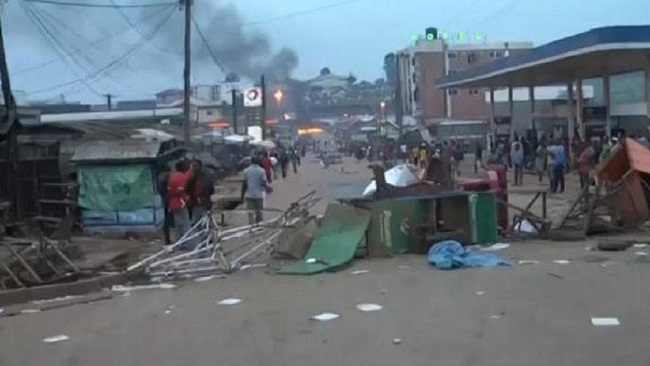UN says more than 1,000 Southern Cameroonians displaced in Mezam division
Humanitarian actors provided lifesaving and protection assistance to more than 700,000 people during the first quarter of 2023.
More than 1,000 people newly displaced in the Mezam division in the North-West region in June.
Mobile clinics provide urgent health services to affected populations in the North-West and South-West regions.
The effects of conflict in the Lake Chad basin and natural hazards continue to drive the needs in the Far North region.
The 2023 Humanitarian Response Plan requires US$ 407.3 million to support 2.7 million most vulnerable people in Cameroon.
EMERGENCY RESPONSE
Humanitarian actors provided lifesaving and protection assistance to more than 700,000 people during the first quarter of 2023
The consequences of the Lake Chad basin conflict, the North-West and South-West crisis, and the Central African Republic (CAR) refugee crisis, of natural hazards and epidemics are affecting an estimated 4.7 million people across the country in 2023. To provide humanitarian aid to 2.7 million of the most vulnerable people, US$407.3 million is required.
Communities in affected areas are severely impacted by conflict and violence. Each month, some people continue to be killed, injured, kidnapped and threatened. The use of improvised explosive devices (IEDs) is increasing, and while usually targeting State security forces, their use also puts civilians at risk. Natural disasters and epidemics exacerbate the conditions of the affected populations.
As of 31 March 2023, over one million internally displaced persons (IDPs), almost 646,000 returnees, and over 480,000 refugees and asylum seekers have been recorded in Cameroon including about 349,000 refugees from the Central African Republic and 128,000 from Nigeria.
According to the Cadre Harmonisé analysis of March 2023, over 2.3 million people will be acutely food insecure from June to August 2023. The improvement in comparison to last update is due to expected satisfactory harvests in southern regions. Several areas in the Far North and NWSW will remain in crisis phase. The 2022 agricultural campaign was strongly impacted by the rise in the prices of agricultural inputs such as fertilizers, as a result of the Russian-Ukrainian conflict, by the floods in the Far North and North regions in the second half of 2022, as well as the sudden stop of the rains in the southern part of the country. Overall, agricultural production fell slightly compared to the previous year. Migration movements of pachyderms in search of water in the Logone et Chari division led also to the destruction of fields, which further amplify the food insecurity in the Far North region.
The humanitarian access in affected regions is challenging due to poor road conditions, natural hazards such as floods, bureaucratic impediments, recurrent lockdowns, and security constraints. Access constraints often translate into delays, partial response to humanitarian needs, and increased operational costs for humanitarian partners.
During the first quarter of 2023, humanitarian partners provided lifesaving and protection services to more than 700,000 people, representing 26 per cent of the humanitarian response plan target.
As of 29 June, only 14.7 per cent of the requested funds were provided. More resources are needed to address the situation and provide lifesaving assistance and protection services to people in need in Cameroon.
Source: UN Office for the Coordination of Humanitarian Affairs




